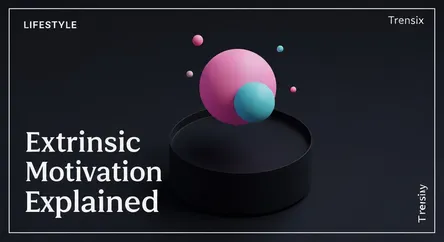Lifestyle
Extrinsic Motivation Explained

Discover extrinsic motivation, the drive to act based on external rewards like grades or praise. Learn why it's a key topic in education and work.
What is it?
Extrinsic motivation is behavior driven by the desire to earn an external reward or avoid punishment. Unlike intrinsic motivation, which comes from internal satisfaction, this drive originates from outside sources. Common examples include studying for good grades, working for a salary, or competing for a prize. The action itself is not the reward but rather a means to an end. This concept is a cornerstone of behaviorism, frequently used to encourage specific actions or skill acquisition.
Why is it trending?
The discussion is trending due to its heavy use in gamified learning apps, workplace incentive programs, and modern parenting. Educators and managers are examining its effectiveness, seeking a balance between using external rewards and fostering natural curiosity. As productivity culture grows, understanding how external factors influence our actions has become crucial for personal and professional development. The key debate is how to motivate without undermining a person's internal drive.
How does it affect people?
Extrinsic motivators are effective for initiating tasks people find unappealing. However, overuse can have negative effects. The "overjustification effect" occurs when rewarding an activity someone already enjoys reduces their intrinsic interest in it. Individuals might become dependent on external validation, potentially stifling creativity and long-term passion. While a powerful short-term tool, fostering intrinsic drive is often vital for sustained engagement and genuine fulfillment.